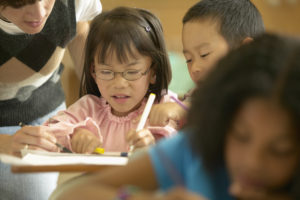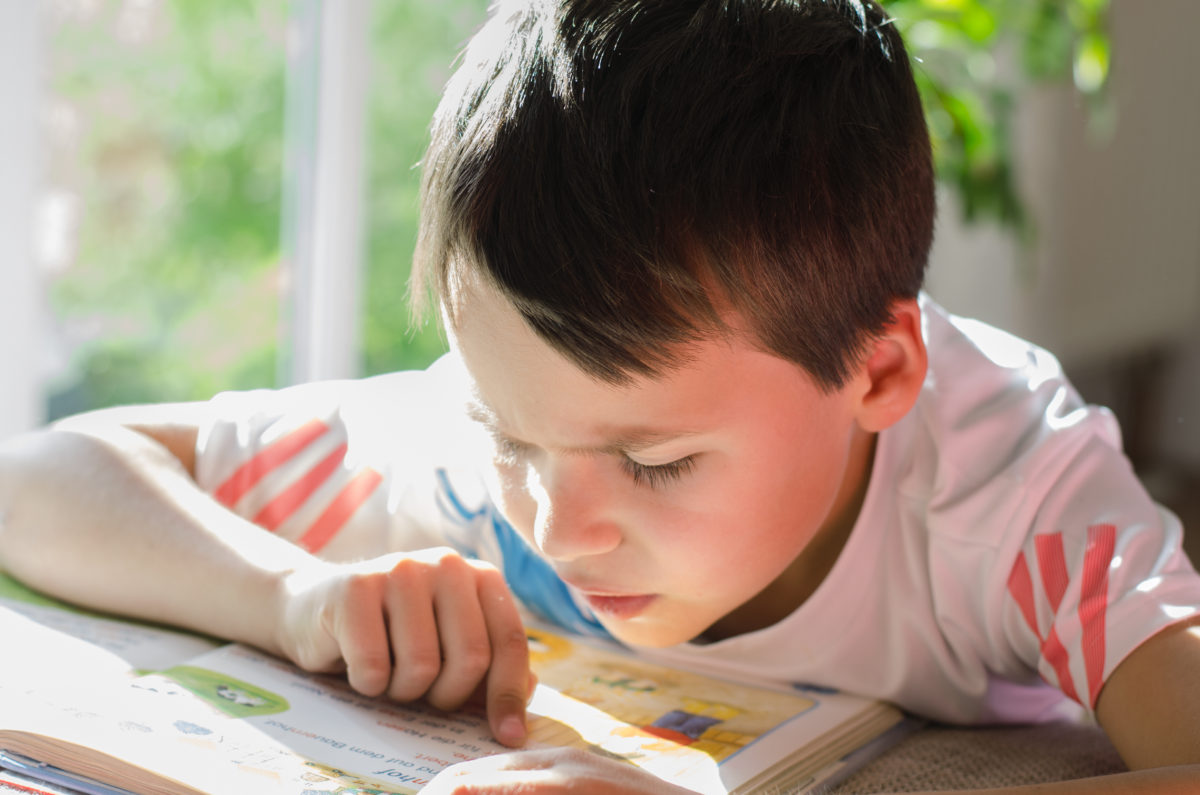Academic Readiness and Uncorrected Refractive Errors – Part Two
Uncorrected Refractive Error And Reduced Academic Readiness In Young Children
Part Two (Hyperopia)
In our previous blog post, we looked at research that showed the presence of uncorrected astigmatism detected in a vision screening was associated with a pattern of reduced academic readiness among at-risk preschool-aged children.
Here is another study that shows uncorrected refractive error puts young children at a disadvantage for learning:
In a study1 published earlier this year in Ophthalmology, researchers compared the early literacy of 4- and 5-year-old children with uncorrected hyperopic children with that of emmetropic children. A total of 492 children participated in the study. All were attending preschool or kindergarten, and none had previously worn corrective eyewear.
Participants underwent a cycloplegic refraction to determine their refractive error or emmetropia. Threshold visual acuity (VA) and cover testing was performed to rule out amblyopia or strabismus. Accommodative response, binocular near VA, and near stereoacuity also were measured.
All children in the study also underwent the Test of Preschool Early Literacy (TOPEL), composed of Print Knowledge, Definitional Vocabulary, and Phonological Awareness subtests. All testing was performed by trained examiners.

Results of the study included:
- Among the 492 children in the study, 244 were hyperopic (49.6%) and 248 were emmetropes (50.4%).
- After adjustment for age, race/ethnicity, and parent/caregiver’s education, the mean difference between hyperopes and emmetropes was −4.3 for overall TOPEL scores (−2.4 for Print Knowledge, −1.6 for Definitional Vocabulary, and −0.3 for Phonological Awareness).
- Greater deficits in TOPEL scores were observed in farsighted children with +4.0 D or more of hyperopia.
- The largest deficits in TOPEL scores were observed in hyperopic children with binocular near visual acuity of 20/40 or worse or near stereoacuity of 240 seconds of arc or worse.
The study authors concluded that uncorrected hyperopia ≥4.0 D or uncorrected hyperopia that is greater than +3.0 D and associated with reduced binocular near VA (20/40 or worse) or reduced near stereoacuity (240 seconds of arc or worse) in 4- and 5-year-old children enrolled in preschool or kindergarten is associated with significantly worse performance on a test of early literacy.
This study and the study in our previous blog post (Uncorrected Refractive Error And Reduced Academic Readiness In Young Children: Part One) point out the importance of early comprehensive eye exams to insure all children have the visual acuity and visual skills they need to be on equal footing with normally sighted children, beginning at age 4 years.

